Tribals of Nagaland and Arunachal Pradesh,
Since my childhood in India, I had been captivated by the elusive stories of headhunters living in Nagaland and other parts of NE India.There was scant info about their headhunting practices, animistic beliefs and colorful costumes. I finally was able to fulfill my dream when I travelled to those remote areas during March/April 2013 as part of a photography group led by Nevada Weir, one of my favorite American photographer.
This photographic adventure in NE India was focussed primarily on two remote states of Arunachal Pradesh and Nagaland. In Arunachal Pradesh, which has borders with western China, Tibet and Burma, we visited the villages of the unusual Apitani tribal people. The Apitani women are distinguished by the large wooden nose plugs and extensive tattoos of broad blue lines from their forehead to the tip of their nose and five vertical stripes under the lower lip to their chin. This practice started because the very attractive and beautiful Apitani women wanted to disfigure themselves so that they would look unattractive and thus be spared from being raped by the cruel men from neighboring villages.Younger women now have discontinued this traditional practice.
We were fortunate to photograph the Myoko festival which celebrates friendship and prosperity amongst the Apitani people.The Shamans wear colorful clothes with traditional haircut and they bless the sacrifice of pigs, chickens and even birds during the festival. These Shamans recite sacred prayers while the newly married women, in colorful clothes, sprinkle white flour and rice beer over the pigs lying on the ground waiting to be slaughtered.The Apitanis are animists and worship the sun (Donyi) and the moon (Polo).
In Nagaland, we spent a lot of time visiting the villages of the Konyak tribe in the Mon district. These Konyak tribals were headhunters a few years ago, but now most of them--about 95%- have been converted to Christanity by the American missionaries and their young ones enjoy the benefits of education thru Christian schools and churches.
We photographed the ceremonies and festivities related to their most important Aoling Festival, which marks the beginning of Spring season and the New Year. During this festival, the ancient headhunting rituals are enacted and combined with vigorous dancing and shooting off their guns in the air. We also photographed Konyak tribal people in Lungwa Village where the chief's home is bizarrely located half in India and half in Burma and the villages enjoy their dual citizenship.
Konyak Tribesman

Shaman, Apatani Tribe
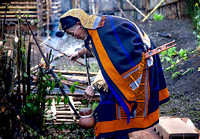
Pig Sacrifice -Apatani Tribe
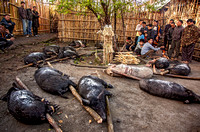
Shaman--Apatani Tribe

Apatani Tribal Woman

Apatani Tribal Dancers

Fun Moment

Apitani Woman
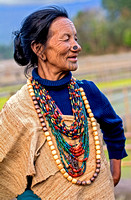
Apitani Home
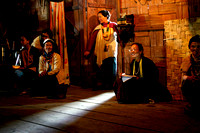
Nishing Tribesman
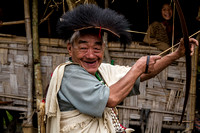
Konyak Tribal Women

Tatto man
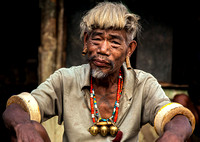
Konyak Tribesmen
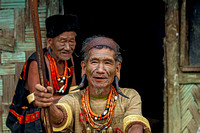

Konyak Tribal dancers
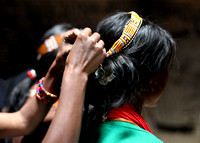
Tribal Woman
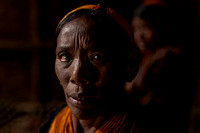
Konyak Tribe Elder

Naga man on the Road
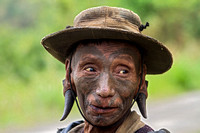
Caring Grandmother
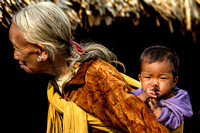
Konyak Tribesman

© Anand Khokha Photography





















